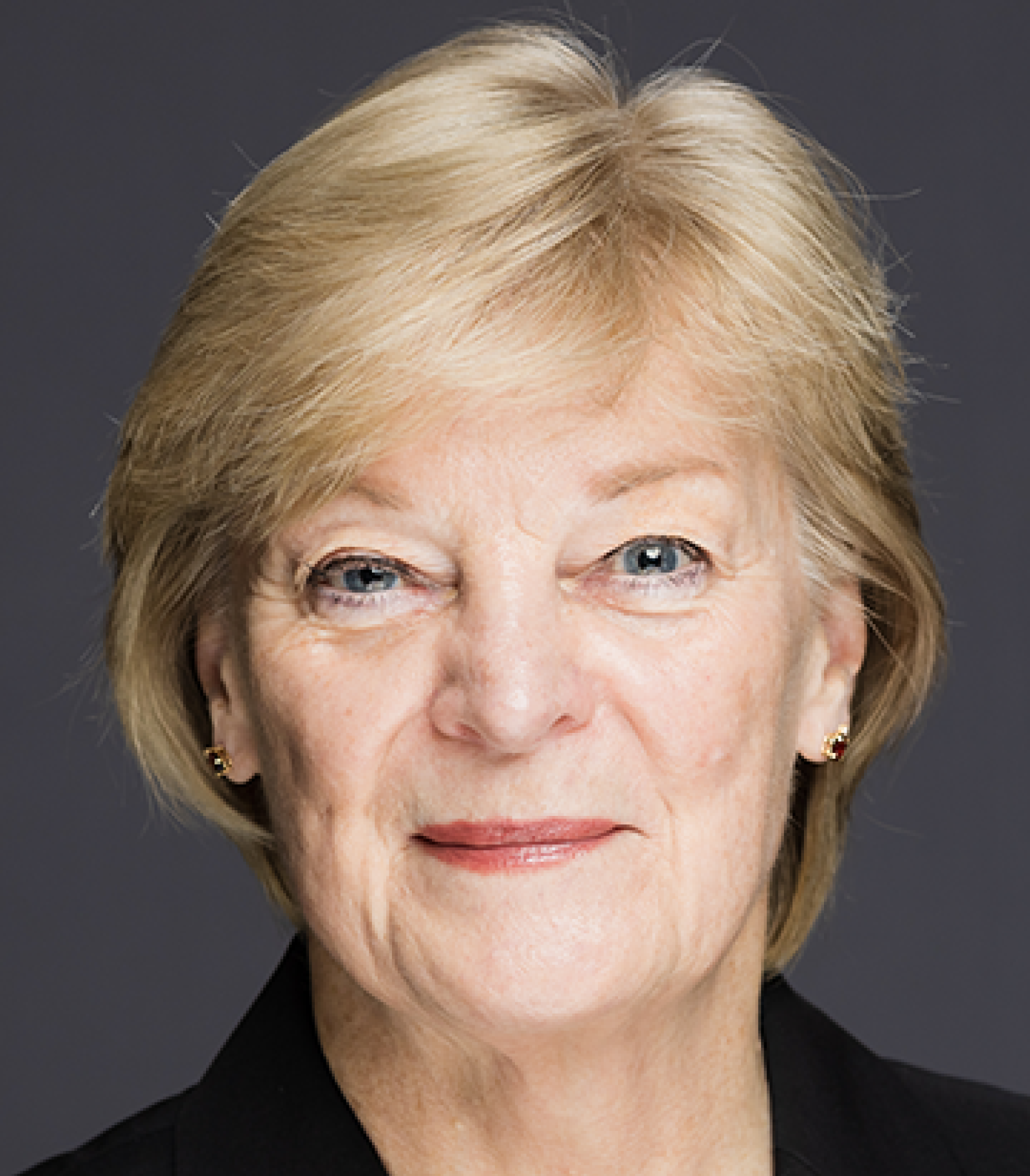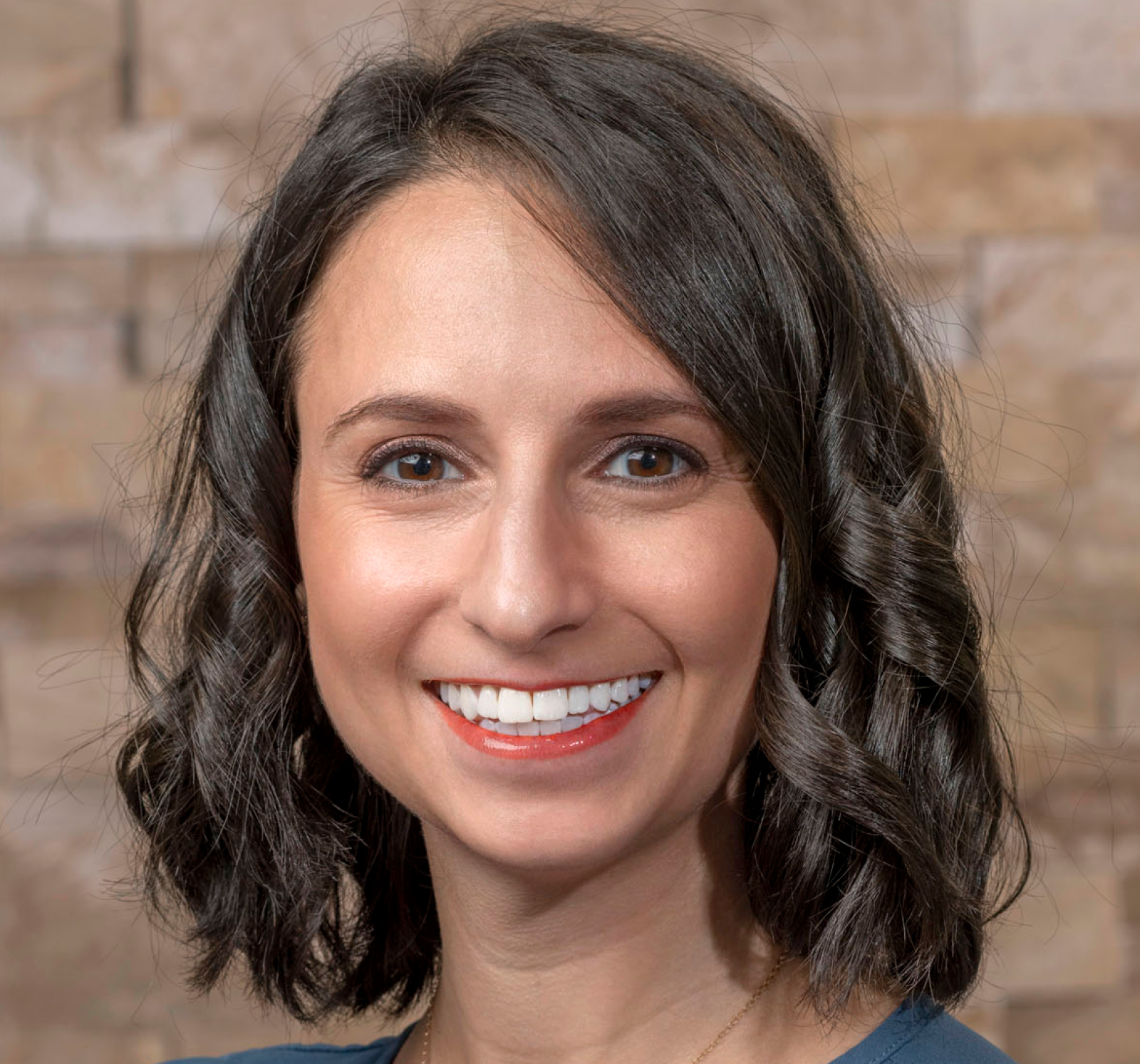New nurses and physicians face challenges transitioning from education to practice
Even before the COVID pandemic shocked the system, members of the health care workforce were feeling the effects of industry changes. Staffing shortages, productivity pressure, and changing expectations about work-life balance are now commonplace. Several organizations are raising concerns about how these and other factors impact newly minted physicians and nurses as they begin their careers.
A leading, federally listed Patient Safety Organization, ECRI, put “challenges transitioning newly trained clinicians from education into practice” at the head of its list of the Top 10 Patient Safety Concerns for 2024. ECRI notes that the pandemic disrupted traditional training processes and deprived new nurses and physicians of essential learning experiences. Although providers no longer face surges of COVID patients, staffing shortages and high demand for emergency and other specialized care continue to affect organizations’ ability to train new clinicians.

Patricia Noga, R.N., Ph.D.
Patricia Noga, R.N., Ph.D., Vice President for Clinical Affairs at the Massachusetts Health & Hospital Association, points out that the health care workforce relies on the strength and compassion of its newest colleagues and team members. “Hospitals and health systems — particularly those here in Massachusetts — remain focused on supporting these incoming clinicians in new and creative ways,” she says. “This includes enhanced training and professional development opportunities, around-the-clock education and support for new nurses and extensive communication with managers and experienced colleagues.”
Nurses report feeling inadequately trained for safe practice
In its Top 10 report, ECRI references a 2022 American Nurses Foundation workplace survey of more than 11,000 nurses across the country. It found that 30% of nurses with less than two years of experience — a cohort that transitioned into practice during the pandemic — “do not feel well prepared to practice on their own.”

Shannon Davila, R.N.
According to Shannon Davila, R.N., Executive Director of Total Systems Safety at ECRI, researchers saw other data points and anecdotal evidence that “nurses feel like they are being thrust into health care environments without being trained properly.”
An article in the Pennsylvania Patient Safety Authority’s journal, Patient Safety, offers a similar view. Researchers followed up on a larger “Safety Transition Education to Practice” quantitative study in 2022 by interviewing 11 of the participants. All were registered nurses in their first six to 12 months of practice in various health care settings. From semi-structured, one-on-one interviews, researchers identified inadequate practical knowledge and skills, lack of confidence and insufficient preceptor support and guidance among the nurses’ concerns.
All 11 nurses interviewed had had training in patient safety. Nine were able to define the term “just culture” and most reported that they did not fear being punished if they were to report an error. Despite that training, they “lacked the practical clinical experience needed to navigate the realities of healthcare in which they were expected to practice,” according to the study’s authors.
Nurse residency programs aim to address gaps
Residency programs for nurses, loosely patterned on medical residency, have been endorsed by groups including the Joint Commission in 2002 and the Institute of Medicine in 2011, as a way to address gaps in training. The IOM and others report that improved retention of young nurses is one return on the investment made in residency programs.
New England Baptist Hospital in Boston first instituted a nurse residency program in 2000. Mary Sullivan Smith, R.N., D.N.P., Senior Vice President, Chief Operating Officer and Chief Nursing Officer at NEBH, reports that in addition to practical skills and knowledge, residency promotes peer support and long-term professional relationships, from which both the hospital and individual nurses benefit. “The program aims to create a strong social network for new nurses and to foster community, support and resilience,” says Smith. “They have a built-in peer group, which helps them stay engaged in the new environment.”
Physicians experience disruptions in training
ECRI cites findings from the Accreditation Council for Graduate Medical Education, the American Board of Medical Specialties, and the American Osteopathic Association for evidence of disruptions to physician training and practical guidance for easing and improving the transition.
The Accreditation Council for Graduate Medical Education’s 2022 report, The COVID pandemic and its impact on the clinical environment, identified staffing turnover and shortages, gaps in didactic and experiential learning, increased use of telemedicine and challenges to the well-being of residents, fellows and faculty members as issues affecting transition to medical practice.

Kathleen Stutz, D.O.
Kathleen Stutz, D.O., now a fellow in breast surgical oncology at Baystate Medical Center in Springfield, Massachusetts, was a resident physician in Oregon during the pandemic and served on the Resident Quality Council.
Now responsible for teaching young physicians, Dr. Stutz assesses and helps fill gaps in training. “When I meet a medical student or intern, I ask myself, ‘What do they know? Where are their gaps?'’’ She says, “Everyone has gaps. It’s been eye-opening to see how little exposure some of them have had. We always tailor training to the individual.”
“The times are definitely changing”
Dr. Stutz notes that some aspects of physician training have recently changed for the better. “We've developed the 80-hour work week limit, there's more emphasis on resident well-being and residents have more say in what ‘well-being’ means,” she says. “It's not about watching a module on the computer about getting sleep and exercise. Residents are actually being given time for their own personal well-being, whatever that may mean to them. The times are definitely changing.”
The effect of long duty hours and sleep deprivation on the safety of care provided by resident physicians came into question in the 1980s. Restrictions on duty hours served were first put in place in New York State in 1987, and the ACGME implemented new rules in 2003 for resident duty hours and time off for rest. Reviewing recently published studies, researchers at Brigham and Women’s Hospital examined the effect of physician work schedules on patient safety, and found that both resident well-being and patient safety improve when work hours are reduced. The authors acknowledge, however, that the restrictions remain controversial, and success requires thoughtful design and implementation.

Diane Shannon, M.D., M.P.H.
Diane Shannon, M.D., M.P.H., coaches physicians — primarily women in mid-career — to avoid burnout while navigating the demands of the current practice environment. She also works with physicians and residents through VITAL WorkLife, a company that offers employee assistance to health systems.
Dr. Shannon says productivity pressure is an increasing source of stress for all physicians. She observes that academic physicians are given “less dedicated time than in the past for training and face new pressure about their clinical hours — for example, more scrutiny about how many patients they see in clinic.” In that kind of environment, physicians may not be able or willing to teach.
Dr. Shannon is concerned that “even though they love it, academic physicians can find that teaching has become another chore for which they're not given enough time. That’s a big change in the past five years.”